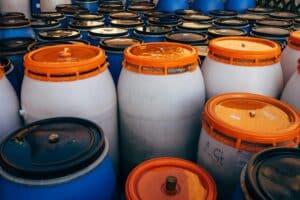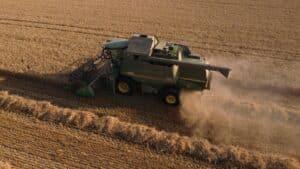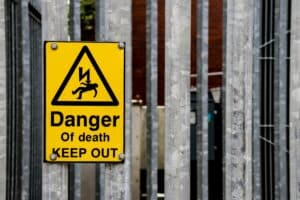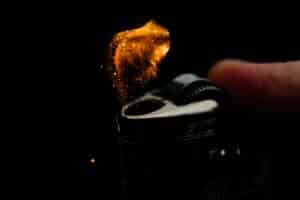We also offer
What is Aerated Powder Test
The Aerated Powder Test simulates drying operations where bulk powder (up to one ton) is exposed to a hot air stream flowing through the material. This test helps determine the self-heating and ignition risks of powders under conditions similar to those in through-circulation band dryers and fluid bed dryers.
In this test, we use a glass test cell identical to the one in the Bulk Powder Test. Unlike the Bulk Powder Test, we pass a continuous hot air stream—matching the oven temperature—through the sample at a controlled rate of 0.6 L/min throughout the test cycle. We measure temperatures at multiple points in the powder to identify exothermic activity and determine the onset temperature.
Testing Principle and Methodology
A glass cylinder (80 mm high × 50 mm diameter) with a sintered glass base is filled with the test powder and placed inside a uniform temperature oven.
-
Air Flow: Hot air passes through the powder via a copper tube into the glass cylinder.
-
Temperature Monitoring: K-type thermocouples record the temperature at four different heights within the powder and in the oven air.
-
Controlled Heating: The oven temperature—and therefore the air temperature—is precisely regulated for consistent test conditions.
Screening Test
-
Oven air temperature increases at 0.5 °C/min until reaching 400 °C.
Isothermal Test
-
Conducted at various temperatures based on the onset self-heating temperature from the screening test.
-
Repeated until results are within 2–10 °C accuracy.
-
Each run lasts 8–24 hours.
Applicable Standard
This test follows the procedure outlined by John Abbot in Preventing Fires and Explosions in Dryers.
Data Interpretation
If the difference between the onset self-heating temperature of the powder and the oven temperature is greater than 30–50 °C, significant exothermic activity is unlikely, and the test may be stopped.
When to Perform the Aerated Powder Test
Use this test to replicate conditions where hot air passes directly through bulk powders, such as in:
-
Through-circulation band dryers
-
Fluid bed dryers
The results are critical for determining safe operating temperatures to prevent ignition and thermal runaway in drying operations.
Why Choose Prime Process Safety Center
At Prime Process Safety Center, we specialize in aerated powder testing and have extensive experience in process safety evaluations. Our approach ensures results that are accurate, reliable, and defensible for both industry and regulatory needs.
Our Advantages:
-
Expertise: Highly experienced laboratory personnel who understand powder behavior under heated, aerated conditions.
-
Advanced Equipment: State-of-the-art aerated powder testing systems that deliver precise, sensitive measurements.
-
Strict Protocols: Rigorous testing procedures and quality control for consistent, trustworthy results.
- Accreditation: Testing performed in our ISO/IEC 17025:2017 accredited laboratory, ensuring recognized competency and adherence to international quality standards.
-
In-Depth Analysis: Expert interpretation of test data with actionable recommendations for your specific application or process.
We are committed to delivering the highest quality data so you can confidently assess the thermal safety of your powders and prevent costly process hazards. As an ISO/IEC 17025:2017 accredited laboratory, we follow rigorous quality and competency requirements for every test we perform.
FAQ
What is an Aerated Powder Test?
Answer: The Aerated Powder Test is a method used to evaluate the flammability and explosiveness of fine powder particles when hot air stream flows through the bulk powder.
How does the Aerated Powder Test work?
Answer: In the Aerated Powder test, an air stream which is at the same temperature as the oven temperature flows at a rate of 0.6 l/min through the sample during the entire test cycle. As in the bulk powder test, the sample temperature is measured at several locations in the cell to detect any exothermic activity and the activity’s onset temperature.
What types of industries commonly conduct the Aerated Powder Test?
Answer: Industries handling powders, such as chemical manufacturing, food processing, pharmaceuticals, and those dealing with combustible materials, often perform this test to evaluate the fire and explosion risks associated with airborne powders.
What safety precautions should be considered during the Aerated Powder Test?
Answer: Safety measures, including proper ventilation, controlling ignition sources, using appropriate protective equipment, and conducting the test in a controlled environment, are essential to prevent accidents during the test.
What are the implications of the Aerated Powder Test results for industry?
Answer: Test results provide valuable insights into the potential fire and explosion hazards associated with airborne powder clouds, helping industries establish safety protocols, implement preventive measures, and ensure workplace safety.
















